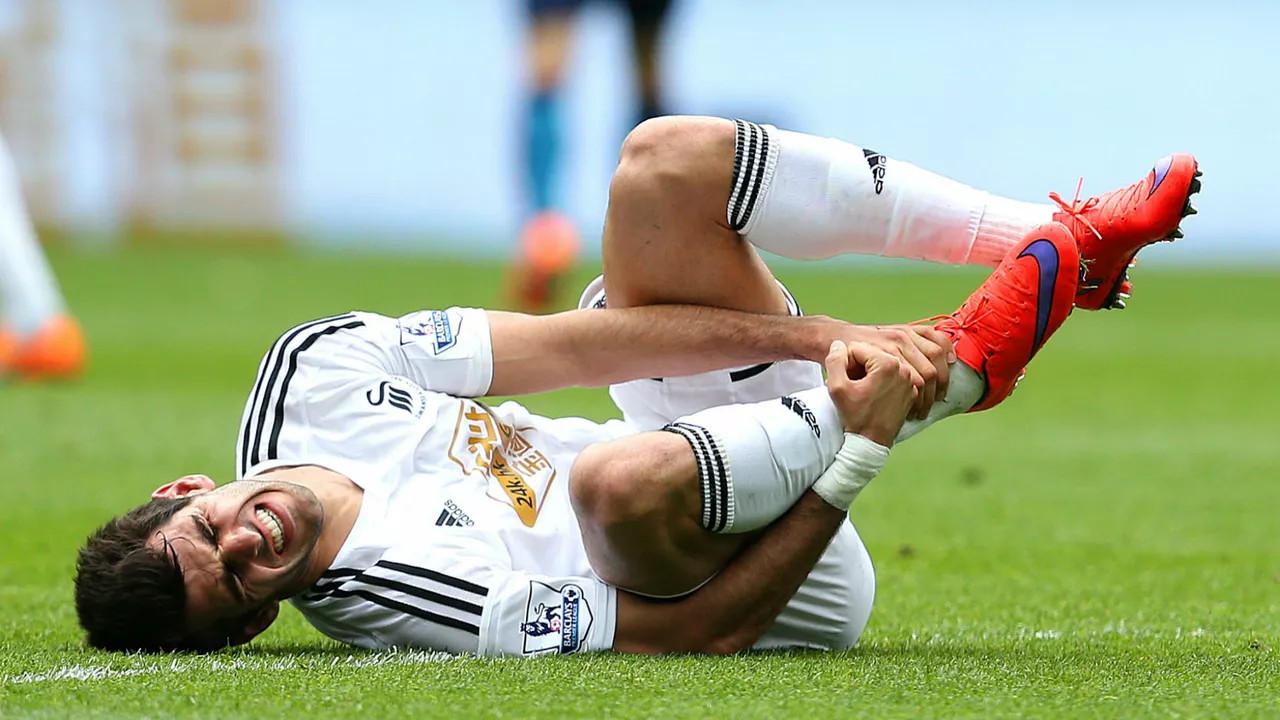Player Safety in UK Soccer – What Every Fan and Coach Should Know
When you watch a match, you want the action, not a medical emergency. Keeping players safe is as important as the tactics on the field. Below are the basics that clubs, coaches, and even supporters can use to cut injuries and keep the game fun.
Gear Up Right
The first line of defence is proper equipment. A well‑fitted shin guard that covers the whole shin bone can stop most knocks. Make sure studs match the surface – short blades for hard pitches, longer for softer turf. Jerseys should be breathable; a sweaty shirt can lead to cramps and heat‑related issues. These small choices add up to fewer trips to the physio.
Medical Checks and Quick Response
Every week, a quick health screen can spot problems before they explode. Clubs in the Premier League already run concussion protocols; lower leagues should copy them. If a player looks dazed, pull them off the pitch, get a qualified medic, and follow a step‑by‑step assessment. The quicker the response, the better the recovery odds.
Training load matters too. Over‑training raises injury risk, so balance intense drills with recovery days. Using GPS trackers and heart‑rate monitors helps you see who’s pushing too hard. Players appreciate the data because it shows you care about their long‑term career.
Hydration and nutrition are often overlooked but are huge safety factors. Dehydrated muscles are more likely to cramp or tear. Encourage water breaks, especially in summer matches, and provide balanced meals that include protein for muscle repair.
Finally, educate everyone involved. Young players need to learn how to fall safely, how to warm up, and why skipping a warm‑up is a bad idea. Coaches should know the signs of concussion and the importance of reporting even minor injuries.
By sticking to these simple steps – proper gear, routine health checks, smart training, good nutrition, and education – you create a safer environment for every player. Safety isn’t a one‑off task; it’s a habit that keeps the beautiful game alive and thriving across the UK.
What is the most dangerous position in soccer?
After delving into the world of soccer, I've found that the goalkeeper's position is often considered the most dangerous. This position is fraught with risk as it requires high physical involvement and the player is often subject to high-speed shots on goal. They are also more prone to injuries like sprains, fractures, and concussions due to diving, collisions, and the constant pressure to prevent the opposing team from scoring. Despite the thrill and importance of the position, it's clear that being a goalie is not for the faint-hearted. So, hats off to those brave souls who take up the gloves and guard the net!
